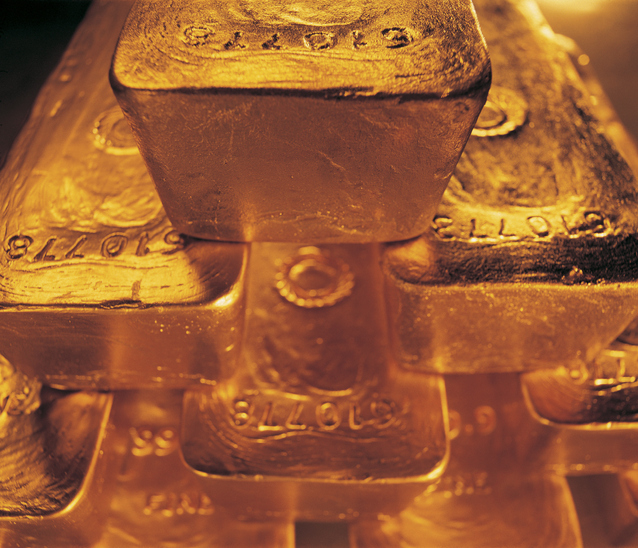Covid, Debt and Precious Metals
The comments below are an edited and abridged synopsis of an article by Richard Mills
Precious metals are rising in value thanks to the uncertainty that Covid-19 has created.

Despite the limited successes some countries have had with reopening, the virus is nowhere near contained. As of May 31, close to 6 million worldwide were infected and 365,328 have died.
Despite roughly 1,800 deaths per day and rising infection rates, at least 41 US states are easing restrictions or planning to do so. The fact is, reopening plans are failing to meet key benchmarks established by public health officials. This has prompted the Federal Emergency Management Agency to throw out previous forecasts of the virus’s toll. Its new prediction has 3,000 Americans dying daily by June 1, or a 9/11 every day.
Gold and silver have been the main beneficiaries of the global pandemic.
Spot gold gained $10 an ounce on Thursday and Friday last week, finishing the week at $1,728 in New York. Gold futures for August delivery were even higher, rising $15 to settle at $1,743 an ounce. Since dipping sharply in mid-March, gold has soared $257, or 17%.
The really big performer is silver. Since taking a dive in March to $11.94 an ounce, spot silver has risen nearly $6.00, for a gain of 47%. It made a 50-cent move last Friday, hitting $17.84 in New York.
In this article, Mills returns to one of his favorite topics: How precious metals are likely to perform during what looks increasingly like a prolonged war against Covid-19, specifically the effect of out-of-control debt levels many countries are incurring as their economies are ravaged by the new and unpredictable respiratory illness.
Up for discussion: the return of Covid-19; the US reopening fail; Covid-19 and debt; and gold and debt-to-GDP.

